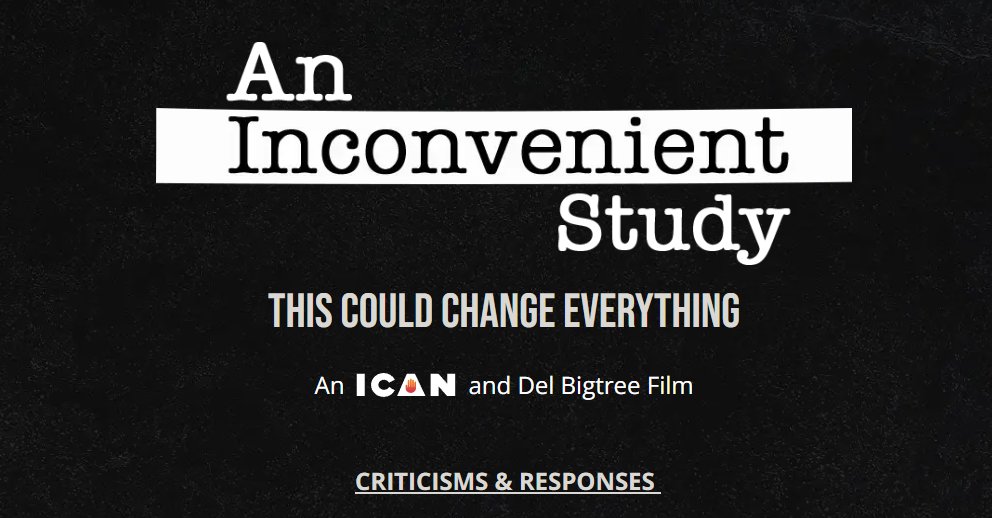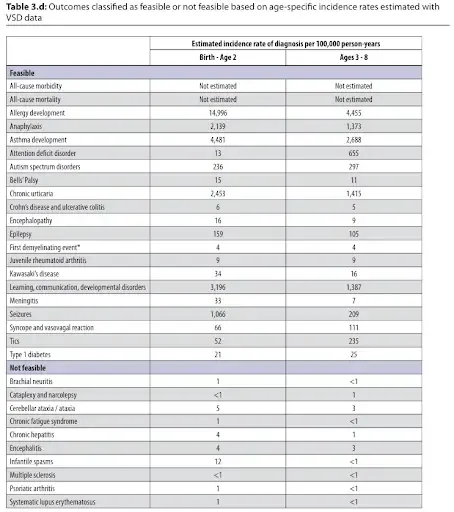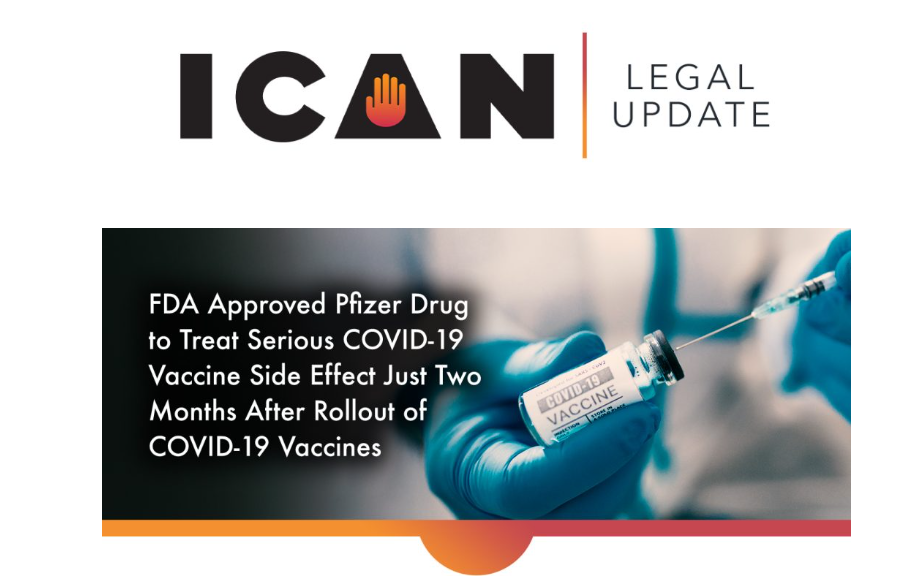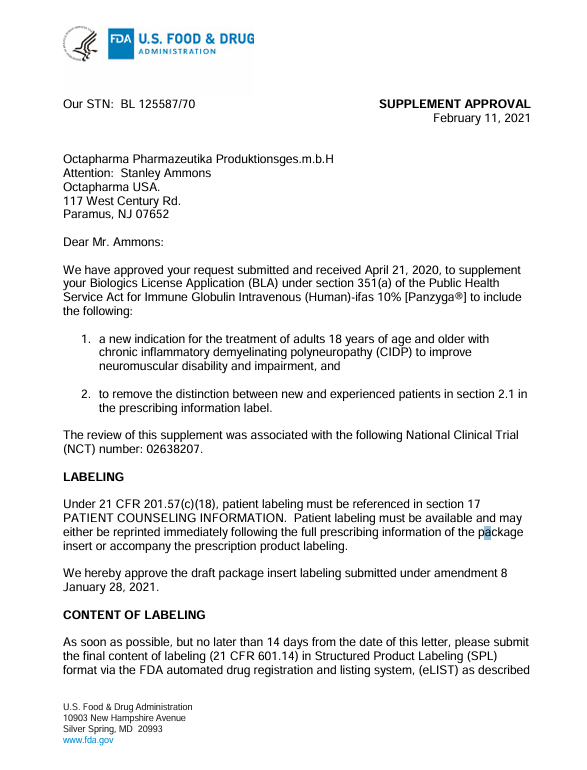🧵THREAD: Many have focused on the groundbreaking conclusions of this report, which are vital. But few have focused on the critical history contained in the full PDF.
LINK: zenodo.org/records/174512… x.com/P_McCulloughMD…
LINK: zenodo.org/records/174512… x.com/P_McCulloughMD…
2. It’s important to read the introduction, which presents a concise timeline of ASD, its evolution, and the changes in diagnoses. It also explains the controversy surrounding MMR and the contribution of Dr. Andrew Wakefield and his colleagues.
We present a summary of this to you, directly from the paper, below.
We present a summary of this to you, directly from the paper, below.
3. In 1996, an American clinical immunologist named H.H. Fundenberg published a paper in which he claimed that 15 autism patients developed symptoms within a week after immunization with MMR.
During this period, Dr. Wakefield was treating and researching inflammatory bowel disease in the UK, and was contacted by the parents of 8 children who developed both irritable bowel and neurological symptoms after vaccination with MMR.
During this period, Dr. Wakefield was treating and researching inflammatory bowel disease in the UK, and was contacted by the parents of 8 children who developed both irritable bowel and neurological symptoms after vaccination with MMR.
4. Noticing the close association between vaccination and symptom onset, he and 12 colleagues conducted a study on the children. They presented their findings in a paper that was published in The Lancet in 1998.
5. They characterized a concern that there may be a connection between MMR vaccination and autism, but clearly stated that they “did not prove an association” and asked for further investigation.
6. There wasn’t immediate controversy. The controversy came in 2004, once the American courts set up a proceeding to evaluate the thousands of petitions received by parents alleging that multiple vaccines in early childhood had caused regression into autism.
7. That is when the attacks against Wakefield truly began, saying he had undisclosed conflicts of interest and calling his impartiality into question. The paper makes the connection - this attack coincided with the broader campaign to discredit the parents who had stepped forward with petitions.
8. Of course, the court ruled that no link between vaccines and autism had been proven, and dismissed 5k claims. All but one, that is. That proceeding was controversial in and of itself, and could be its own thread. The DOJ dismissed its own expert witness, Dr. Andrew Zimmerman, because he had affirmed that there may be a link between vaccination and that one case.
9. The study goes on to explain that the court’s decision actually “flew in the face” of the listed side effects on the package insert for MMR. Side effects like seizures, encephalomyelitis, transverse myelitis, syncope, polyneuropathy, ataxia, Guillain-Barré Syndrome, and progressive neurological disorder.
10. CDC estimates confirm the incidence of autism consistently rose every year of the Omnibus Autism Proceeding - 2004-2009, and has continued to rise every year since, with CDC stating now every 1 in 31 children being diagnosed. 

11. But we can’t stop there. A few more things are important to note before we delve into the diagnostic criteria and how they have changed and shifted over the years - a critical understanding. In 2011, The Lancet bowed to pressure to retract Dr. Wakefield's paper, even though nothing was ever shown to be erroneous.
12. The Diagnosis Criteria: The criteria used to diagnose autism are found in the “Diagnostic and Statistical Manual of Mental Illness” or DSM - and they’ve changed over the years. In 2013, the DSM-5 advised clinicians that ADHD and ASD could be diagnosed together. This marked a change from previous versions where ASD diagnosis excluded ADHD. The DM5 replaced the prior umbrella term (PDD) that included autistic disorder, asperger disorder, and PDD-NOS (pervasive developmental disorder not otherwise specified) under ASD.
13. Rett syndrome - a neurodevelopmental disorder caused by mutations in the MECP2 gene - is no longer included within ASD diagnosis and is considered a separate diagnosis. And, it's important to note that ASD has a strong overlap with other conditions that have characteristics linked to encephalitis during childhood - ADHD, dyspraxia/developmental coordination disorder, Tourette's, and dyslexia, to name a few.
14. This classification criterion adds to the difficulty of identifying a specific disorder and its causes.
The valuable introduction to this study continues by detailing the childhood vaccine schedule from birth to 6 years, which includes seasonal vaccines such as COVID-19 and Flu.
As you can see, and as we have documented extensively at ICAN, by the time a child is 6 years old, if they follow the recommended schedule, they are receiving between 41 and 44 injections.
The valuable introduction to this study continues by detailing the childhood vaccine schedule from birth to 6 years, which includes seasonal vaccines such as COVID-19 and Flu.
As you can see, and as we have documented extensively at ICAN, by the time a child is 6 years old, if they follow the recommended schedule, they are receiving between 41 and 44 injections.

16. The introduction does a superb job of countering the challenges brought on by the changes in diagnostic criteria and increased diagnosis. Why aren't we seeing an increase in adult diagnoses? Currently, more than HALF A MILLION American children live with profound autism - representing approximately 27% of all cases, and that continues to rise:

17. We recommend reading the entire introductory section of this paper for a concise review of the history thus far. LINK: .zenodo.org/records/174512…
KEY FINDINGS in the rest of the study (SOURCE: thefocalpoints.com/?utm_source=na…)
➡️Included 300+ studies covering genetic, environmental, immune, toxicologic, and vaccine-related factors.
➡️Of 136 studies evaluating vaccines or their excipients, 107 (79%) found evidence consistent with a vaccine–autism link, while 29 reported null results.
➡️🔥Only 12 studies compared fully vaccinated vs. completely unvaccinated children—and every one showed superior health outcomes among the unvaccinated.
➡️Studies reporting no association consistently lacked genuinely unvaccinated control groups, relied on registry data rather than clinical assessments, and failed to confirm vaccine records.
➡️None employed a formal non-inferiority framework to evaluate autism as a safety endpoint, leaving neurodevelopmental risk effectively untested.
➡️Across multiple biological domains, evidence converged on shared mechanisms—immune dysregulation, mitochondrial dysfunction, and neuroinflammation—triggered by antigen, preservative, and adjuvant exposure during critical neurodevelopmental windows.
➡️Clustered and early-timed vaccination correlated with higher ASD risk.
🔥Non-vaccine risk factors—older parents, premature delivery, common genetic variants, siblings with autism, maternal immune activation, in utero drug exposure, environmental toxicants, and gut-brain axis alterations —also contribute, but none can fully explain the sharp rise in autism that coincided with the expansion of the U.S. vaccine schedule post-1986.
🛑No study has ever assessed the entire pediatric vaccine schedule for neurodevelopmental outcomes through age 9 or 18.
➡️Autism prevalence has now reached 1 in 31 U.S. children, underscoring an urgent need for comprehensive safety reevaluation and unvaccinated control cohorts in future studies.
➡️Included 300+ studies covering genetic, environmental, immune, toxicologic, and vaccine-related factors.
➡️Of 136 studies evaluating vaccines or their excipients, 107 (79%) found evidence consistent with a vaccine–autism link, while 29 reported null results.
➡️🔥Only 12 studies compared fully vaccinated vs. completely unvaccinated children—and every one showed superior health outcomes among the unvaccinated.
➡️Studies reporting no association consistently lacked genuinely unvaccinated control groups, relied on registry data rather than clinical assessments, and failed to confirm vaccine records.
➡️None employed a formal non-inferiority framework to evaluate autism as a safety endpoint, leaving neurodevelopmental risk effectively untested.
➡️Across multiple biological domains, evidence converged on shared mechanisms—immune dysregulation, mitochondrial dysfunction, and neuroinflammation—triggered by antigen, preservative, and adjuvant exposure during critical neurodevelopmental windows.
➡️Clustered and early-timed vaccination correlated with higher ASD risk.
🔥Non-vaccine risk factors—older parents, premature delivery, common genetic variants, siblings with autism, maternal immune activation, in utero drug exposure, environmental toxicants, and gut-brain axis alterations —also contribute, but none can fully explain the sharp rise in autism that coincided with the expansion of the U.S. vaccine schedule post-1986.
🛑No study has ever assessed the entire pediatric vaccine schedule for neurodevelopmental outcomes through age 9 or 18.
➡️Autism prevalence has now reached 1 in 31 U.S. children, underscoring an urgent need for comprehensive safety reevaluation and unvaccinated control cohorts in future studies.
Thank you to the McCullough Foundation and all of the co-authors on this paper for this important and groundbreaking research. @P_McCulloughMD will join The HighWire this Thursday at 11 AM PT/2 PM ET to discuss this study in detail.
• • •
Missing some Tweet in this thread? You can try to
force a refresh














